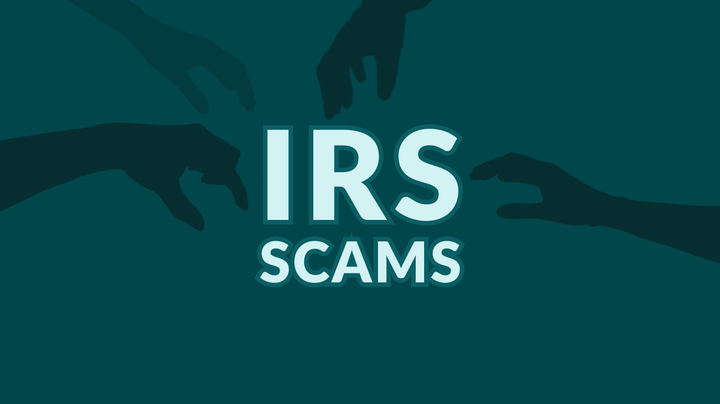Blog

Smart Ways to Use Your Tax Refund
Check out these strategic ways to use your tax refund money.

Money Dysmorphia and Millennials – A Financial Paradox
Money dysmorphia is a type of financial anxiety Millennials experience often. Learn what it is and how to help overcome it.

Choose the Right Budget Type for Your Finances
Creating a budget may help you manage your money better. Learn about the different types of budgets you could choose from.

IRS Scams: Red Flags to Watch For
Avoid IRS scams by watching for these warning signs.